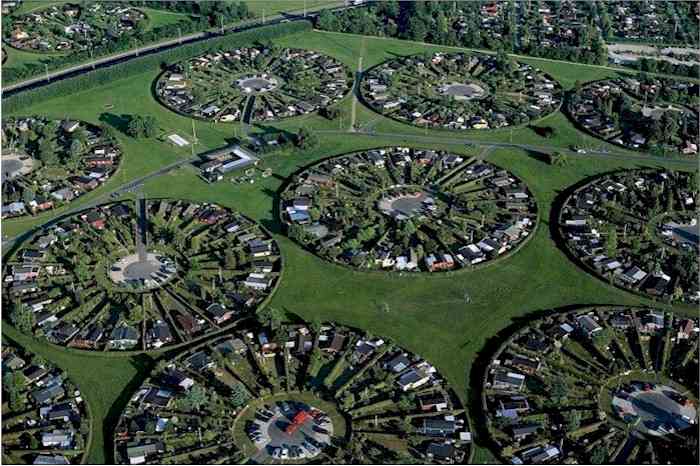
So there I was, minding my own business, reading our local rag (the Philly Inquirer) at the gym when Aggravation had to strike. An article on the front page of the Health & Science section was called “A Plague on the Young”—just the kind of thing that sparks my jets. The byline reads “A rash of public suicides has left scientists, parents, and school officials searching for answers. Apparently, however, some of the experts involved have figured it all out. To wit: “Shain [Benjamin Shain, previously named in the article who is the head of the division of child and adolescent psychiatry at the Northshore Health System in Evantson, Ill.] blames the advent of the suburbs for the 300 percent increase in suicides between 1950 and 1990. Cities and rural areas had a support system. “But the suburbs, with their white picket fences and only your immediate family at close hand, brought a sense of isolation, a forerunner of suicide.”
OK, so, um, kids are killing themselves because they feel isolated because they live in the suburbs? I definitely see the reasonableness of a connection between feeling isolated/lonely and feelings of desperation, but isn’t there a lot else involved? How ‘bout blaming things on, say, the Internet or the cell phone, which have made it possible to feel ‘connected’ while having none of the normal physical contact that characterizes healthy human relationships? There is a disturbing trend I see around me, especially among intellectuals (especially easy for the childless among them) to see the ‘burbs as a symbol of all that is wrong with the world. The over -simplification of the conversation is absolutely maddening to me. What are we actually talking about when we say “suburbs”? What counts--and doesn't? Are we talking about population density? About the mix (or lack) of commercial and residential property? Or about a type of community, diverse or otherwise?I bring this up especially as Shain is contrasting the 'burbs to both urban and rural environments, obviously very different from one another in many respects, both in the 50s and now.
The whole classification is confusing and vague. I grew up in what is arguably the most urban environment in the U.S.: downtown Manhattan. I had relatives who lived in the “city” of Indianapolis and the “city” of Washington D.C. I put city in quotes because their neighborhoods didn’t feel urban at all to my mind. There were no tall buildings, people had yards, and everyone drove most of the time (my own family didn’t own a car until I was 13 or so). And until I moved to Philadelphia, I thought people liked cities because they could avoid other people more easily; far from seeing cities as community-oriented locales, I saw cities as anonymous areas where people could go out at night without seeing people they already knew and who could choose to say hello to their neighbors or not (the elevator I took up and down from my family’s apartment was not always a very friendly place—our building-mates ran the gamut). And I have lived and visited in suburban areas that resemble cities in their population density and lifestyle in many regards.
When it comes to happiness, I know that I want my children to feel connected to a community; that is something essential for us. I still have a lot of questions about what kind of social environments are best; I imagine many people do. But if we want the conversation to be productive, we need to be a lot clearer about what we’re talking about when we distinguish cities from suburbs. All cities—like all suburbs, towns, and countrysides—are not created equal.
DR. RC,
ReplyDeleteFantastic.
BURBS4LIFE.